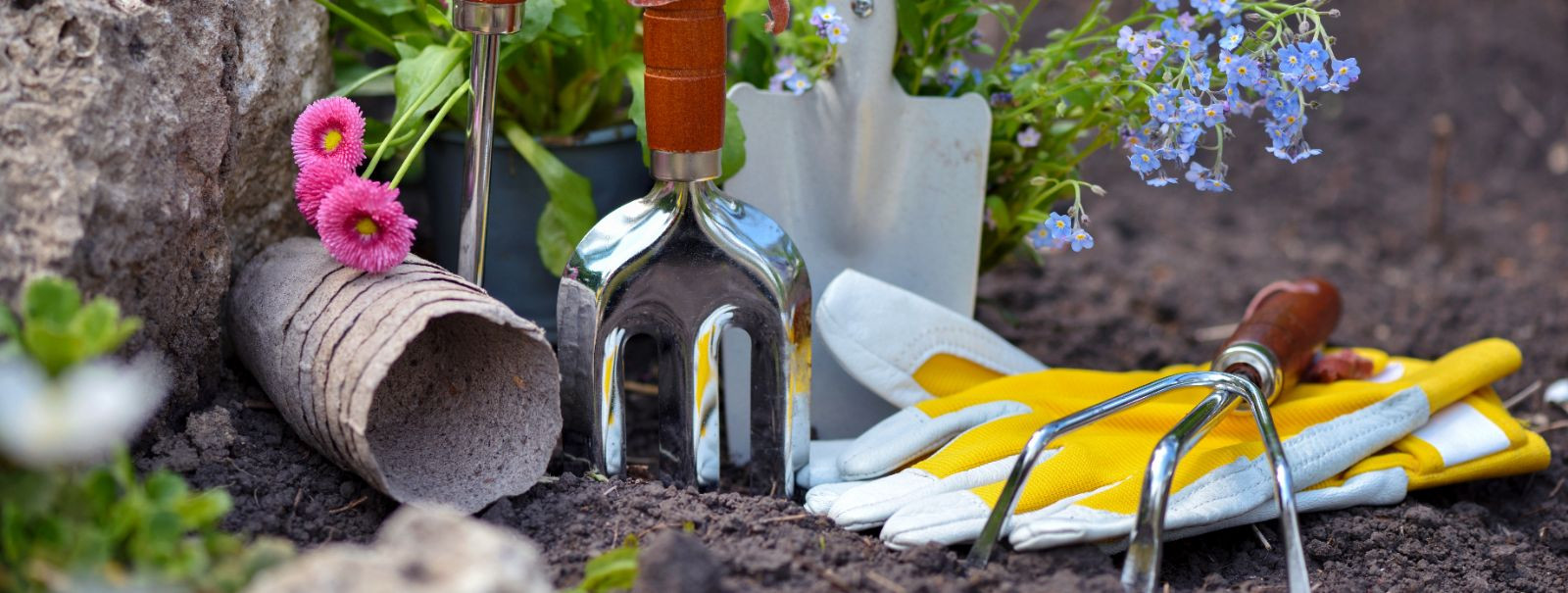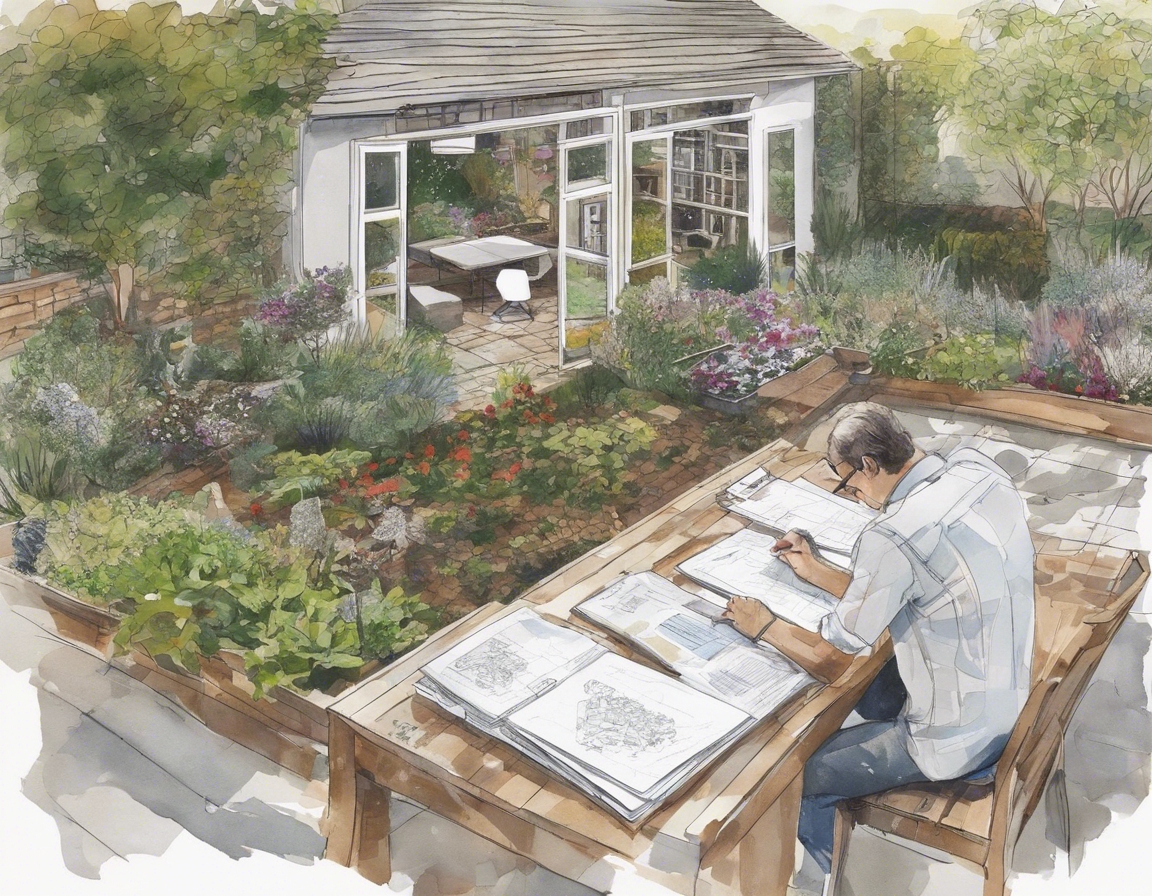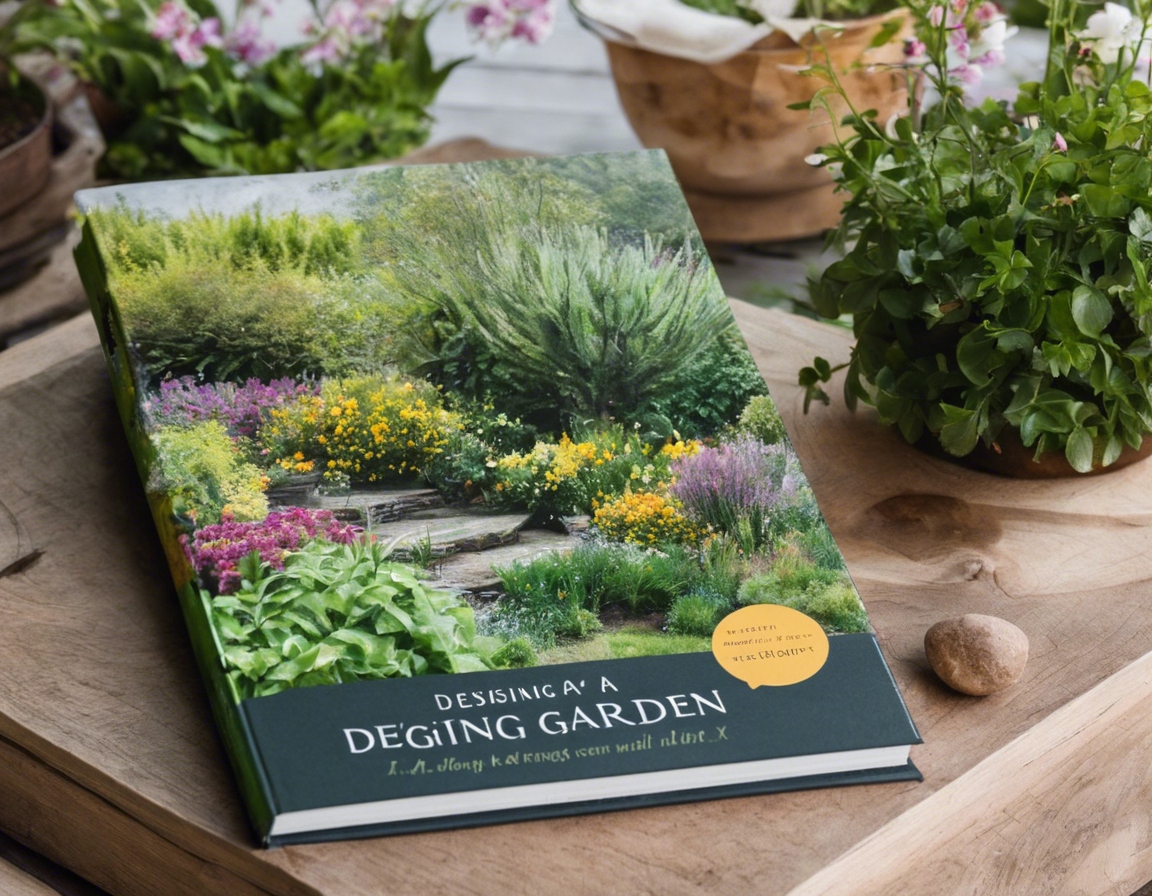5 tips for designing a low-maintenance garden
Creating a beautiful garden that complements your lifestyle doesn't have to mean endless hours of upkeep. With thoughtful planning and design, you can cultivate a stunning outdoor space that is both aesthetically pleasing and low-maintenance. Here are five essential tips to help you design a garden that is easy to care for and sustainable over time.
1. Choose the Right Plants
Opting for native plants is a smart move for any low-maintenance garden. These species are adapted to the local climate and soil conditions, which means they require less water, fewer fertilizers, and minimal care compared to non-native plants.
Drought-tolerant plants are ideal for creating a garden that conserves water and thrives even in dry conditions. These hardy varieties often have deep root systems that make them resilient and self-sustaining.
Perennials are the go-to choice for gardeners looking to reduce garden maintenance. Unlike annuals, which need to be replanted each year, perennials come back season after season, saving you time and effort.
2. Implement Efficient Irrigation
Drip irrigation is a highly efficient watering method that delivers water directly to the roots of plants, reducing waste and ensuring that your garden receives the right amount of hydration.
Watering your garden wisely can significantly cut down on maintenance. Consider installing a rain sensor or a smart irrigation controller to automate watering schedules based on weather conditions.
3. Opt for Mulching
Mulch is a gardener's best friend when it comes to low-maintenance landscaping. It helps retain soil moisture, suppresses weeds, and adds nutrients to the soil as it breaks down.
There are various types of mulch to choose from, including organic options like bark or straw and inorganic options like rubber or stones. Each has its own set of benefits and can be selected based on the specific needs of your garden.
4. Create Hardscaping Elements
Incorporating patios and walkways into your garden design not only adds functionality but also reduces the amount of green space that requires regular maintenance.
Using decorative stones or gravel can provide a stylish and practical solution for areas of the garden that might otherwise need frequent care. These materials can create attractive, weed-resistant surfaces that require little upkeep.
5. Simplify Lawn Areas
One of the most time-consuming aspects of garden maintenance is lawn care. By reducing the size of your lawn, you can minimize the need for mowing, watering, and fertilizing.
Consider using alternative ground covers such as creeping thyme or clover. These plants can provide a lush, green appearance with far less maintenance than traditional grass.






Comments (0)